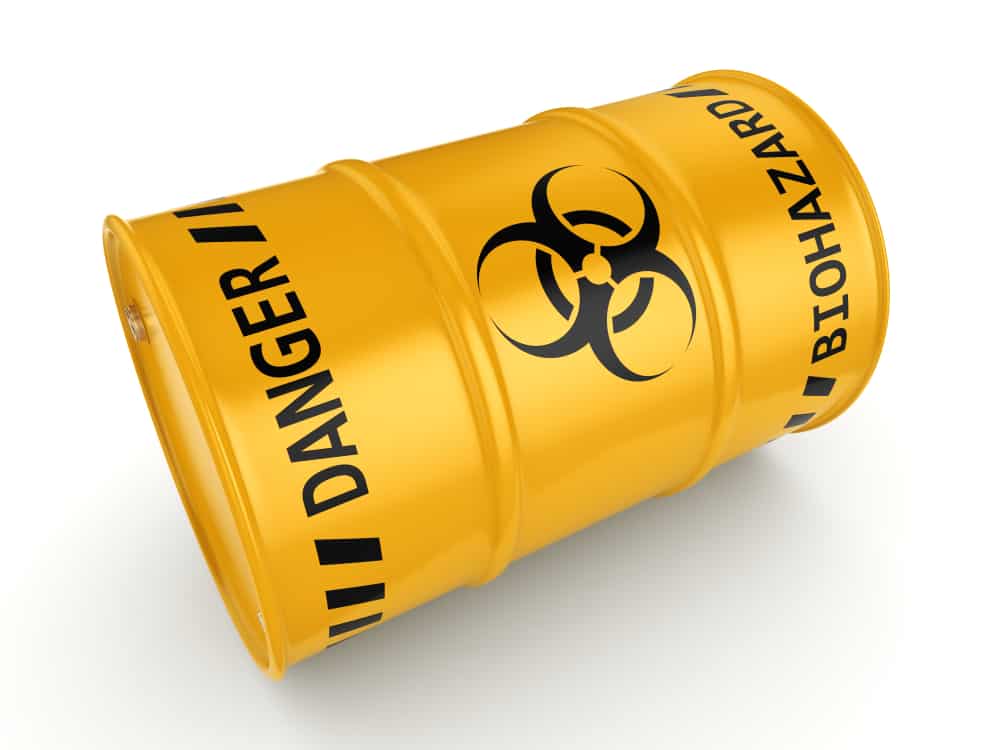“Hazardous cargo” is a substance or material which is capable of posing an unreasonable risk to health, safety, and property when transported in commerce, and has been designated as hazardous under the Hazardous Materials Transportation Act.
Over 1 million hazardous materials are shipped every day in the U.S., following rules and regulations to ship each specific hazardous material. Hazardous materials transportation regulations exist to keep workers safe and healthy, ensure public safety, keep shipper, carrier, and importer property safe, and of course, keep the environment safe.
What are some examples of hazardous materials?
Hazardous cargos could be in different forms, such as chemical compounds, hazardous substances, hazardous wastes, marine pollutants, and elevated temperature materials. Additionally, other obvious examples include paints, body sprays, perfumes, liquids, and beverages that contain alcohol.
These are some common hidden hazardous materials:
- Biological materials
- Certain battery-powered equipment
- Small gas cylinders and aerosols
- Toolbox items (e.g. propane torches, touchup paint, adhesives, urethanes, epoxies)
- Equipment containing radioactive sources
- Breathing apparatuses and diving equipment
- Dry ice (for air shipments)
- Household goods
- Laboratory/testing equipment
- Refrigeration equipment and mercury switches
- Fire extinguishers
- Magnetized material (by air)
Here are some steps for shipping hazardous materials:
First, shippers must properly classify and describe all hazardous materials. Classification involves determining the following information for a basic shipping description:
- UN/ID/NA Number (United Nations (UN) Numbers are four-digit numbers used to identify hazardous chemicals or classes of hazardous materials worldwide)
- Proper Shipping Name (The most appropriate name designated in the hazardous materials)
Additionally, shippers must determine the Hazard Class/Division, and Packaging Group. Most materials are categorized in the following packing groups:
- PG I – Greatest degree of danger
- PG II – Medium degree of danger
- PG III – Minor degree of danger
So, what are common violations and consequences for shippers and carriers?
In the U.S., both the Department of Transportation (DOT) and the Federal Aviation Administration (FAA) regulate hazardous material (or dangerous goods) transportation. Penalties can range from a few thousand dollars to more than one million dollars, and repeat violations tend to cause penalties to escalate dramatically. The most common reasons shippers incur penalties when shipping hazardous materials include the following:
- Failure to declare hazmat items when shipping
- Failure to properly train employees
- Mislabeled packaging
- Mistakes on hazmat shipping papers
- Failure to use UN specification packaging




